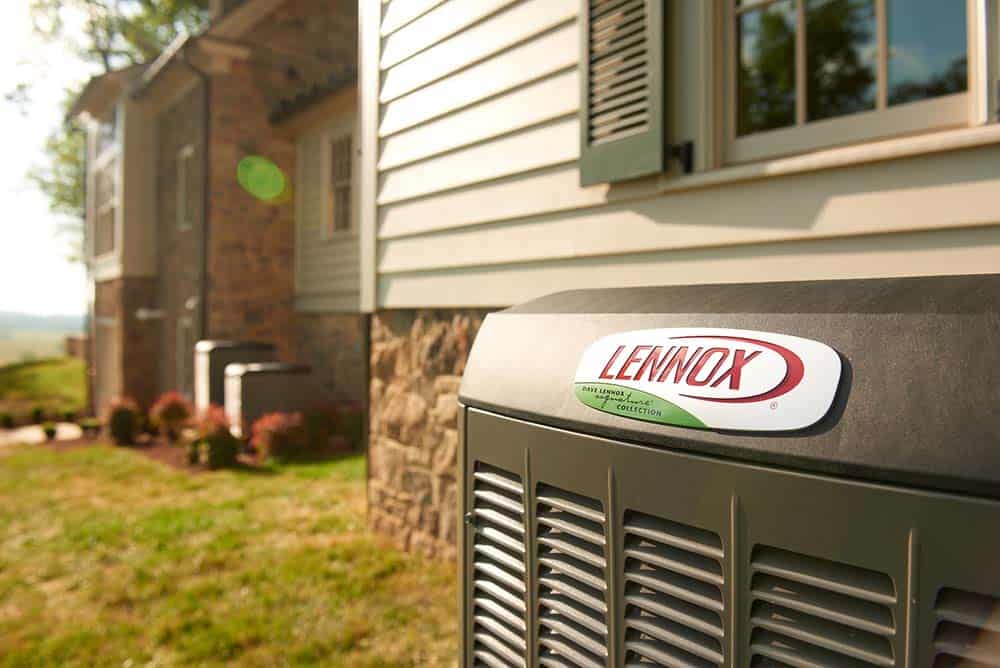Creating a home gym can be an excellent investment for your health and well-being. However, the cost of purchasing exercise equipment and setting up a dedicated space can often deter people from pursuing this option.

The good news is that building a DIY home gym on a budget is entirely achievable. With some smart planning and careful consideration, you can create a workout space that suits your needs without breaking the bank. In this article, we will guide you through the process of building an affordable home gym, step by step.
Understanding Your Fitness Goals
Before you embark on creating your home gym, it’s crucial to have a clear understanding of your fitness goals. Are you looking to build muscle, lose weight, improve cardiovascular health, or do a combination of these? Identifying your specific goals will help you determine the type of equipment you’ll need and the overall design of your gym.
When considering your fitness goals, it’s also important to think about the timeframe in which you hope to achieve them. Setting short-term and long-term goals can provide you with a roadmap for your fitness journey. Short-term goals can keep you motivated on a daily or weekly basis, while long-term goals can help you stay focused on the bigger picture.
Identifying Your Workout Preferences
Consider your preferred workout activities. Do you enjoy weightlifting, cardio exercises, or both? Do you train in Crossfit or jiu-jitsu? Knowing your workout preferences will allow you to prioritize the equipment you want to include in your gym. For example, if weightlifting is your focus, you may want to invest in a set of dumbbells and a bench, while if cardio workouts are your preference, a treadmill or stationary bike might be more suitable. Crossfit requires more free weights and olympic style plates if you’ve got the space and jiu-jitsu and grappling need a proper mat space.
Furthermore, understanding your workout preferences can help you create a workout routine that you’ll enjoy and stick to in the long run. By incorporating activities that you find enjoyable, you’re more likely to stay consistent with your fitness regimen and achieve your goals.
Setting Realistic Fitness Targets
It’s essential to set realistic fitness targets that align with your goals. Whether you aim to lose a specific amount of weight or increase your strength, having clear targets will keep you motivated and focused. By setting achievable milestones, you’ll be able to track your progress and see the results of your hard work over time.
Remember that fitness is a journey, and progress takes time. Celebrate your accomplishments along the way, no matter how small they may seem. Each step towards your fitness goals is a step in the right direction, bringing you closer to a healthier and happier version of yourself.
Planning Your Budget
Now that you have a clear understanding of your fitness goals, it’s time to plan your budget. Determine how much you’re willing to spend on your home gym, taking into account both equipment and any necessary modifications to your space. By establishing a budget upfront, you can avoid overspending and ensure that your DIY gym remains affordable.
Creating a detailed budget for your home gym not only helps you stay on track financially but also allows you to prioritize your fitness needs effectively. Consider breaking down your budget into categories such as equipment costs, space modifications, and maintenance expenses to get a comprehensive view of your financial commitment to your fitness journey.
Allocating Funds for Equipment
When setting your budget, allocate a portion of the funds specifically for purchasing exercise equipment. Consider both the essential equipment that aligns with your fitness goals and any additional accessories you might need. Look for deals, discounts, and second-hand options to make the most of your budget.
Exploring different sources for purchasing equipment, such as online marketplaces, local fitness stores, or garage sales, can also help you find quality items within your budget. Keep in mind that investing in durable and versatile equipment can save you money in the long term by reducing the need for frequent replacements or repairs.
Considering Maintenance Costs
While it’s vital to focus on purchasing affordable equipment, it’s equally important to consider the maintenance costs associated with your gym. Items such as lubricants, cleaning supplies, and occasional equipment repairs should be factored into your budget. By planning for these costs in advance, you can ensure that your home gym remains functional and safe in the long run.
Regular maintenance not only prolongs the lifespan of your equipment but also enhances your overall workout experience by ensuring optimal performance. Researching maintenance tips specific to your equipment can help you prevent costly repairs and keep your home gym in top condition for years to come.
Choosing the Right Space
Now that you have a budget in place, it’s time to evaluate potential spaces in your home for your gym. Assess rooms or areas that are underutilized or could be repurposed for your workout space. Look for areas with ample natural light and good ventilation to create a welcoming and energizing atmosphere.
Evaluating Potential Spaces in Your Home
Consider the size and layout of the spaces you’re considering. Will it accommodate the exercise equipment you have in mind, leaving enough room for proper movement? You may need to declutter or rearrange furniture to maximize the available space. Additionally, ensure that the area has enough electrical outlets to support your equipment, if needed.
Maximizing Space Efficiency
If you have limited space, it’s crucial to maximize its efficiency. Utilize wall-mounted shelves or racks to store smaller equipment, such as dumbbells or resistance bands. Opt for versatile and compact equipment that can be easily stored when not in use. With some creativity and clever storage solutions, even a small space can be transformed into an effective workout area.
Selecting Essential Equipment
Once you have determined your space, it’s time to prioritize your equipment based on your goals and budget. Keep in mind that for a DIY home gym, you don’t need to buy every piece of exercise equipment available. It’s better to invest in a few essential items that will allow you to target multiple muscle groups and achieve a well-rounded workout.
Prioritizing Equipment Based on Your Goals
Consider the equipment that will best help you achieve your fitness targets. If you’re focusing on strength training, consider purchasing a set of adjustable dumbbells or resistance bands. For cardiovascular workouts, a jump rope or a compact, affordable cardio machine like a stationary bike can be highly effective. Remember that quality is essential, so choose equipment that will withstand regular use and provide a safe workout experience.
Finding Affordable Fitness Equipment
To stay within your budget, explore various options for purchasing affordable fitness equipment. Look for online marketplaces or local classifieds where individuals sell used equipment at lower prices. Additionally, consider checking out sales or clearance sections in fitness stores or reaching out to local gyms to inquire about their surplus equipment. With some patience and research, you can find top-quality equipment while staying within your budget.
Creating a Workout-Friendly Atmosphere
Finally, when building your DIY home gym, it’s essential to create a workout-friendly atmosphere. The atmosphere of your gym can greatly impact your motivation and enjoyment of your workouts.
Importance of Lighting and Ventilation
Ensure that your workout space has adequate lighting to prevent eye strain and create a vibrant ambiance. Natural light is especially beneficial, as it can boost mood and energy levels. Additionally, prioritize good ventilation to keep the air fresh and circulating, optimizing your comfort during intense workouts.
Adding Motivational Elements
To maintain motivation and enhance your workout experience, consider adding motivational elements to your gym. Hang inspirational posters, display your fitness goals, or create a playlist of upbeat music to keep you energized during your sessions. Personal touches that align with your interests and preferences can make your workouts more enjoyable and encourage you to stay consistent.
Building a DIY home gym on a budget is an exciting and rewarding endeavor. By understanding your fitness goals, planning your budget, choosing the right space, selecting essential equipment, and creating a workout-friendly atmosphere, you can craft a home gym that suits your needs without breaking the bank. So why wait? Start transforming your home into your personal fitness sanctuary today.



